
Innovation, Entrepreneurship and Competitiveness
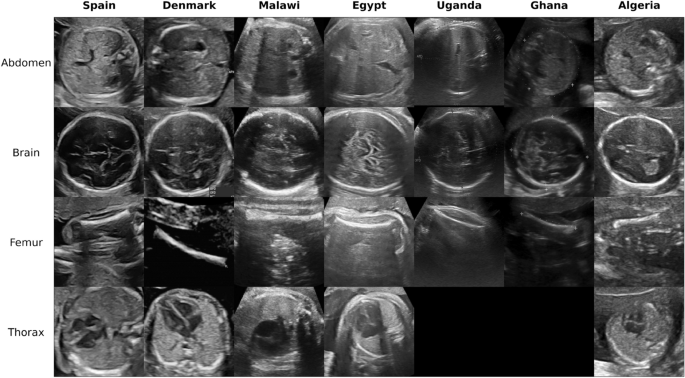
Generalisability of fetal ultrasound deep learning models to low-resource imaging settings in five African countries
Most artificial intelligence (AI) research and innovations have concentrated in high-income countries, where imaging data, IT infrastructures and clinical expertise are plentiful. However, slower progress has been made in limited-resource environments where medical imaging is needed. For example, in Sub-Saharan Africa, the rate of perinatal mortality is very high due to limited access to antenatal screening. In these countries, AI models could be implemented to help clinicians acquire fetal ultrasound planes for the diagnosis of fetal abnormalities. So far, deep learning models have been
Author Correction: Generalisability of fetal ultrasound deep learning models to low-resource imaging settings in five African countries (Scientific Reports, (2023), 13, 1, (2728), 10.1038/s41598-023-29490-3)
The Funding section in the original version of this Article was incomplete. “This work received funding from the European Union’s 2020 research and innovation programme under Grant Agreement No. 825903 (euCanSHare project), as well as from the Spanish Ministry of Science, Innovation and Universities under grant agreement RTI2018-099898-B-I00. Additionally, the research leading to these results has received funding from Cerebra Foundation for the Brain Injured Child (Carmarthen, Wales, UK).” now reads: “This work received funding from the European Union’s 2020 research and innovation programme
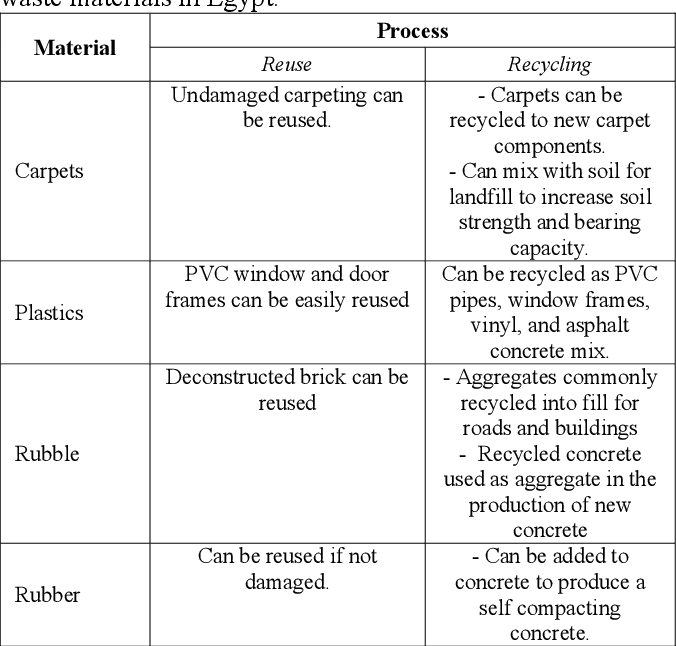
Utilization of Construction and Demolition Waste Materials in landscaping
Construction wastes have become the largest source of different solid wastes in Egypt as construction and demolition processes generates millions of tons of construction and demolishing wastes every year. The increasing generation of construction and demolishing wastes has caused huge impacts to the environment and agitated growing public concern in the local community. Therefore, the minimization of construction and demolishing wastes has turned into an imperative factor. The main purpose of this research is to provide a comprehensive overview of reusing and recycling construction and
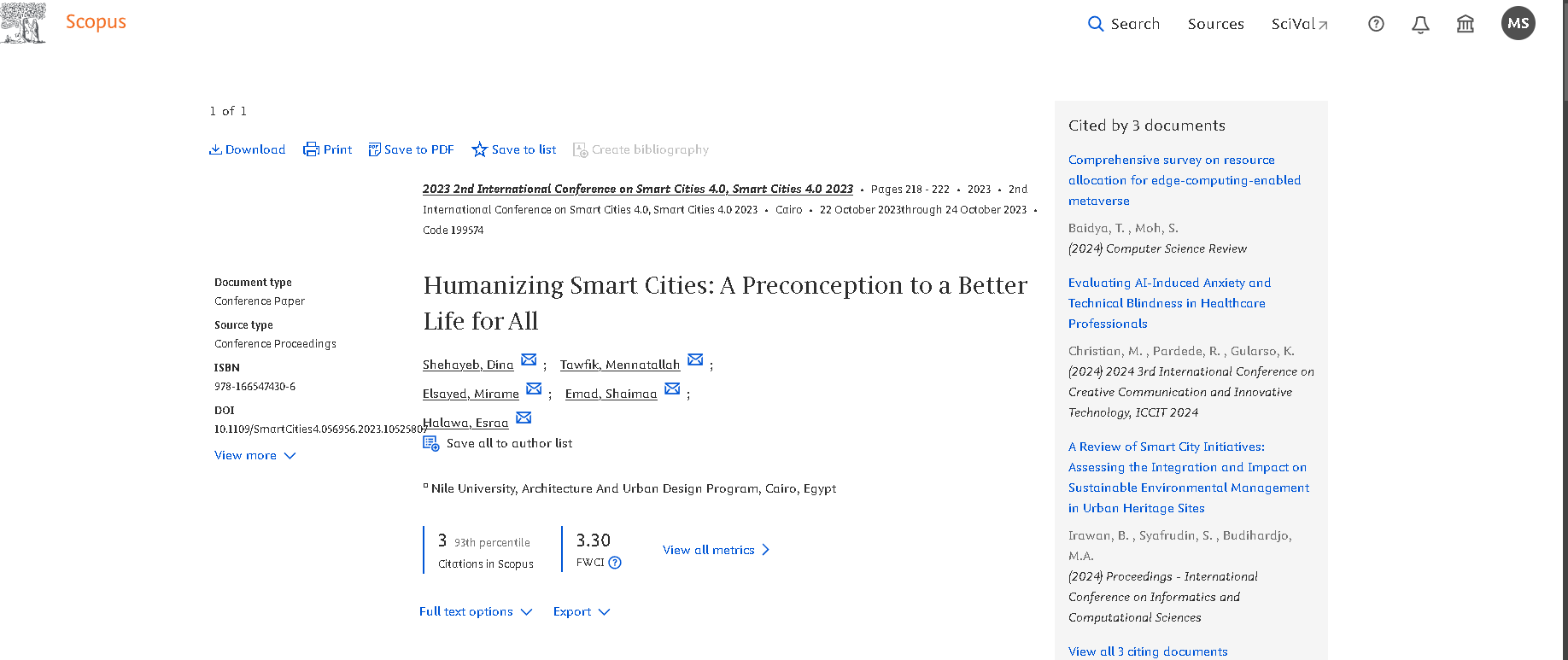
Humanizing Smart Cities: A Preconception to a Better Life for All
As cities face the challenge of conceiving new and more competitive and sustainable development models, there has been an emergence of introducing technology to cities to enhance the quality of life it provides to the citizens. The 'Smart City' was proposed as a new prototype of technology-based urban development. These smart cities witness the emergence of the metaverse and platform societies, machine learning and artificial intelligence (ML/AI), big data, the Internet of Things (IoT) systems, and many other innovative and advanced technologies. However, the idea of the Smart City has
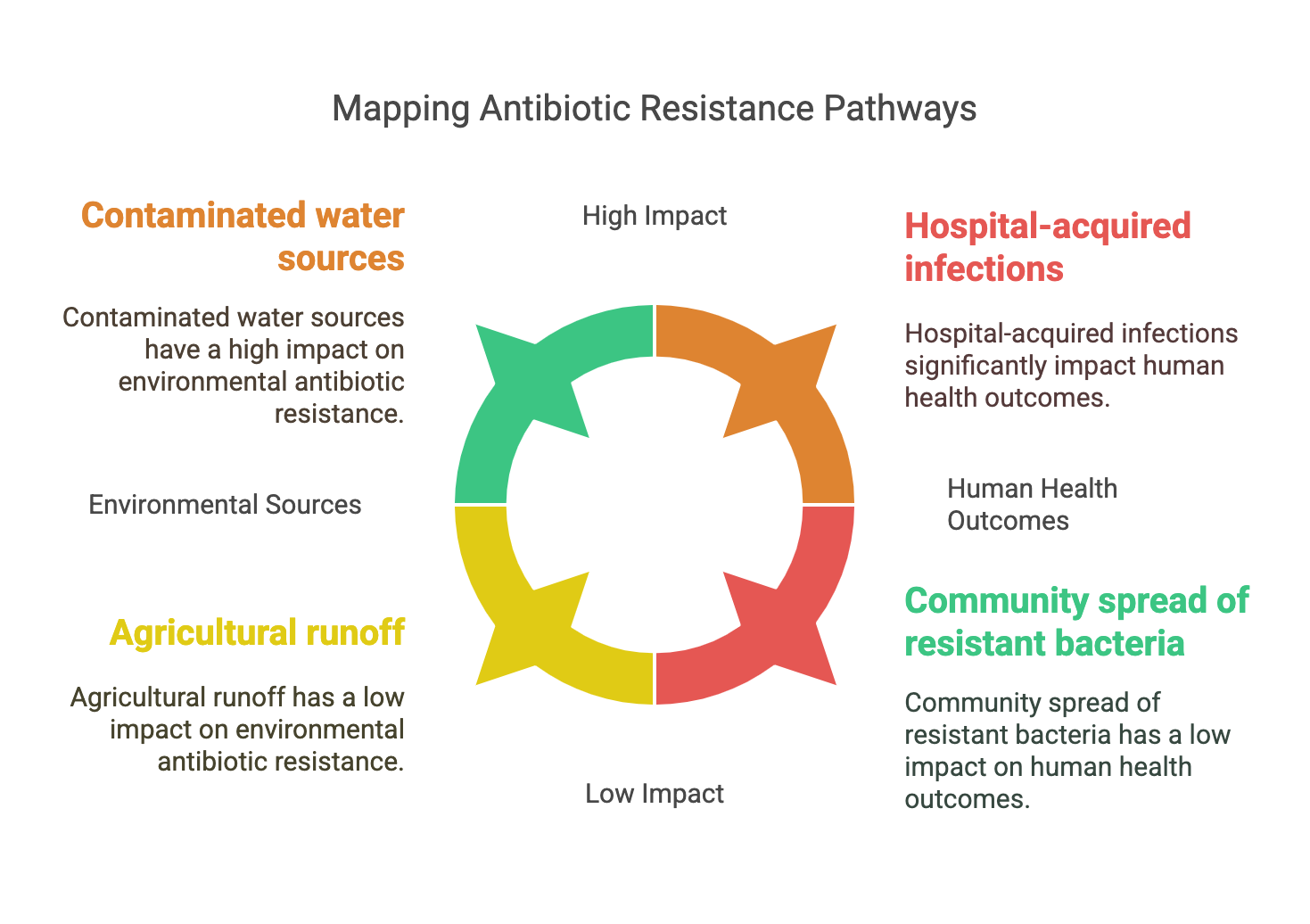
Tracking Antibiotic Resistance from the Environment to Human Health
Antimicrobial resistance (AMR) is one of the threats to our world according to the World Health Organization (WHO). Resistance is an evolutionary dynamic process where host-associated microbes have to adapt to their stressful environments. AMR could be classified according to the mechanism of resistance or the biome where resistance takes place. Antibiotics are one of the stresses that lead to resistance through antibiotic resistance genes (ARGs). The resistome could be defined as the collection of all ARGs in an organism’s genome or metagenome. Currently, there is a growing body of evidence
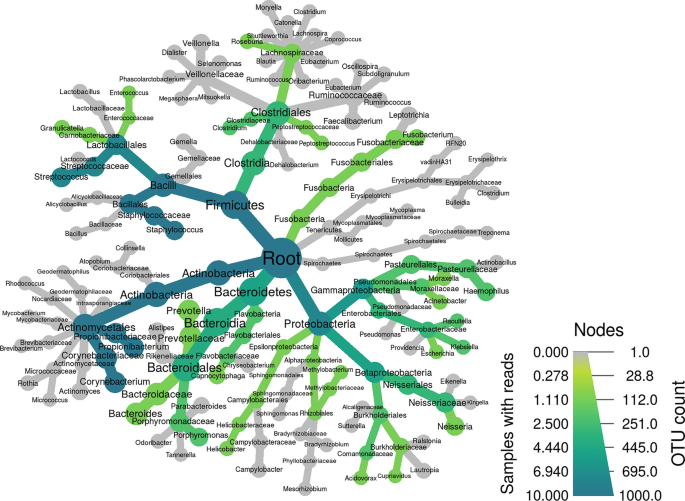
Comprehensive Guideline for Microbiome Analysis Using R
The need for a comprehensive consolidated guide for R packages and tools that are used in microbiome data analysis is significant; thus, we aim to provide a detailed step-by-step dissection of the most used R packages and tools in the field of microbiome data integration and analysis. The guideline aims to be a user-friendly simplification and tutorial on five main packages, namely phyloseq, MegaR, DADA2, Metacoder, and microbiomeExplorer due to their high efficiency and benefit in microbiome data analysis. © 2023, The Author(s), under exclusive license to Springer Science+Business Media, LLC

Introduction to genomics-based pharmaceutical applications
Biomedical research and pharmaceutical development have been profoundly impacted by genomics in recent years, with researchers gaining new understanding of the genetic pathways underlying disease and opening up new opportunities for the creation of targeted therapeutic interventions. Without a comprehensive grasp of the genetic mechanisms at play, medication discovery approaches in the past often relied on trial and error, targeting particular symptoms or pathways. However, the advent of genomics has changed the game. Scientific advances in high-throughput DNA sequencing have allowed
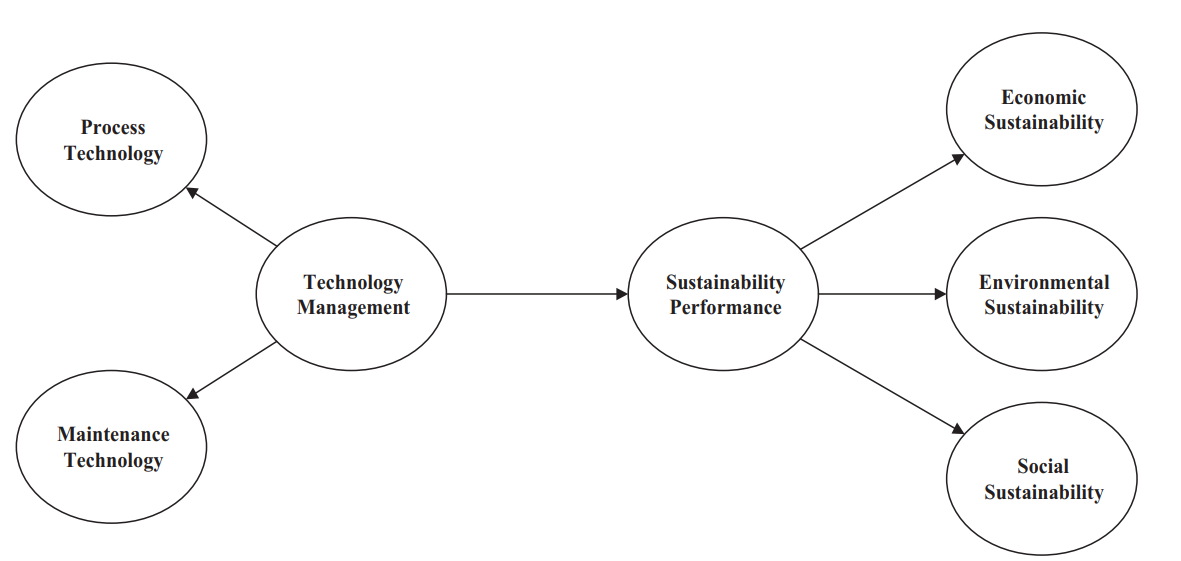
Impact of technology management in improving sustainability performance for Egyptian petroleum refineries and petrochemical companies
Purpose: Petroleum companies have various goals in light of high energy prices, uncertainty and potential fluctuations in demand in the current digital age, including making a profit while maintaining long-term sustainability and lowering their environmental impacts. The purpose of this paper is to explore the impact of technology management (TM) and its practices through process and maintenance technologies on sustainability performance (SP) for petroleum refineries and petrochemical companies in terms of economic, environmental and social sustainability. Design/methodology/approach: A new
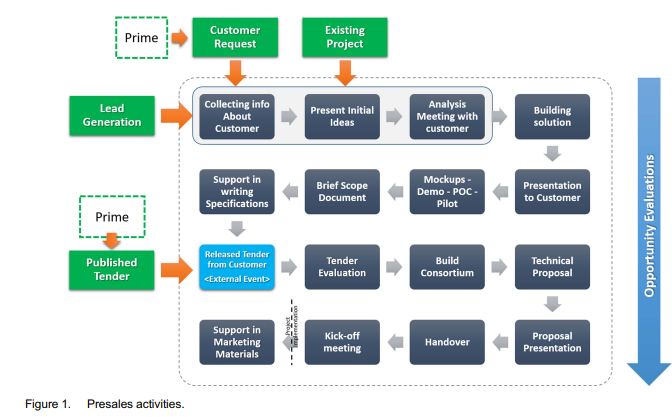
Exploring the Presales Process in High-Tech Companies
The Presales process takes place before closing the deal between a company and a customer. Presales teams engage with customers to understand their needs and support them in purchasing decisions. Presales employees need to combine both technical and business skills as they communicate with multiple entities, such as customers, sales, technical teams, and others. A well-defined Presales process helps companies acquire more customers. Therefore, this study aims to explore the Presales process by defining the main activities, stakeholders, and the needed skills to develop a competent Presales
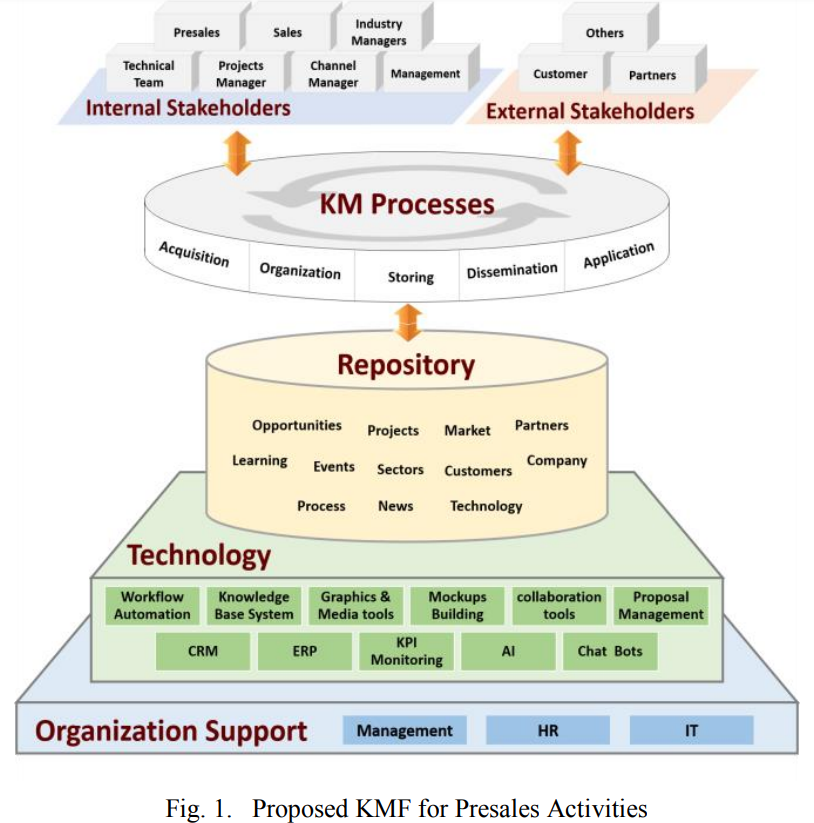
A Knowledge Management Framework for Presales Operations in High-Technology Companies
High-technology companies usually hire presales teams to help customers make purchase decisions. The presales team communicates with customers and proposes solutions meeting their needs. Accordingly, the presales team needs to develop the required technology and business knowledge to conduct the presales activities successfully. Presales teams with proper knowledge management can respond efficiently to customers. This paper aims to design a Knowledge Management Framework for presales activities. To collect data, a literature review in addition to interviewing multiple presales employees was